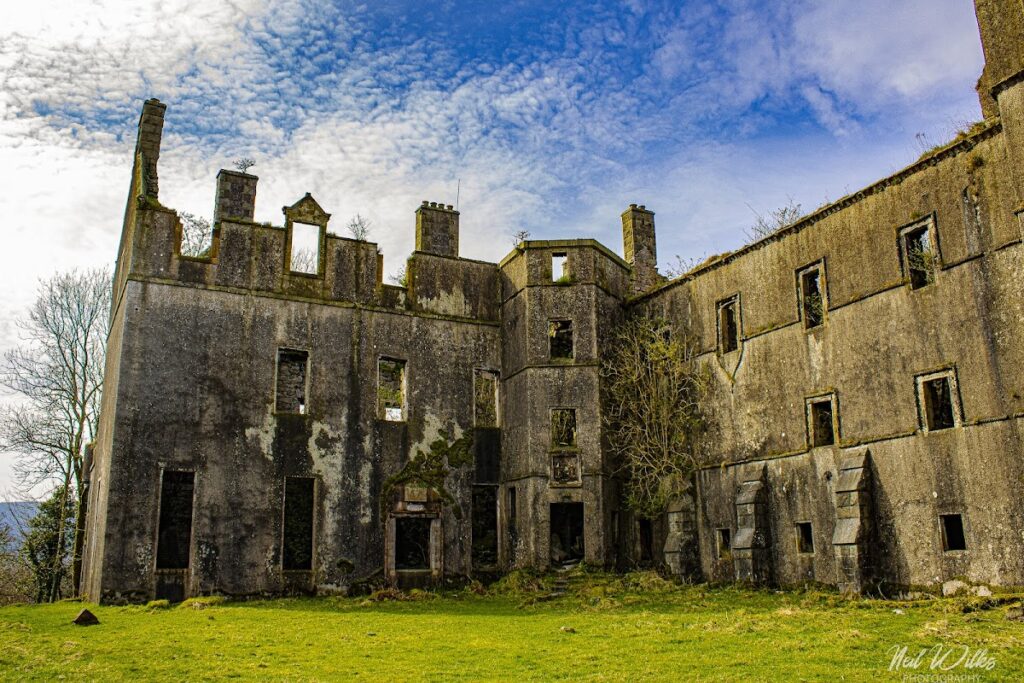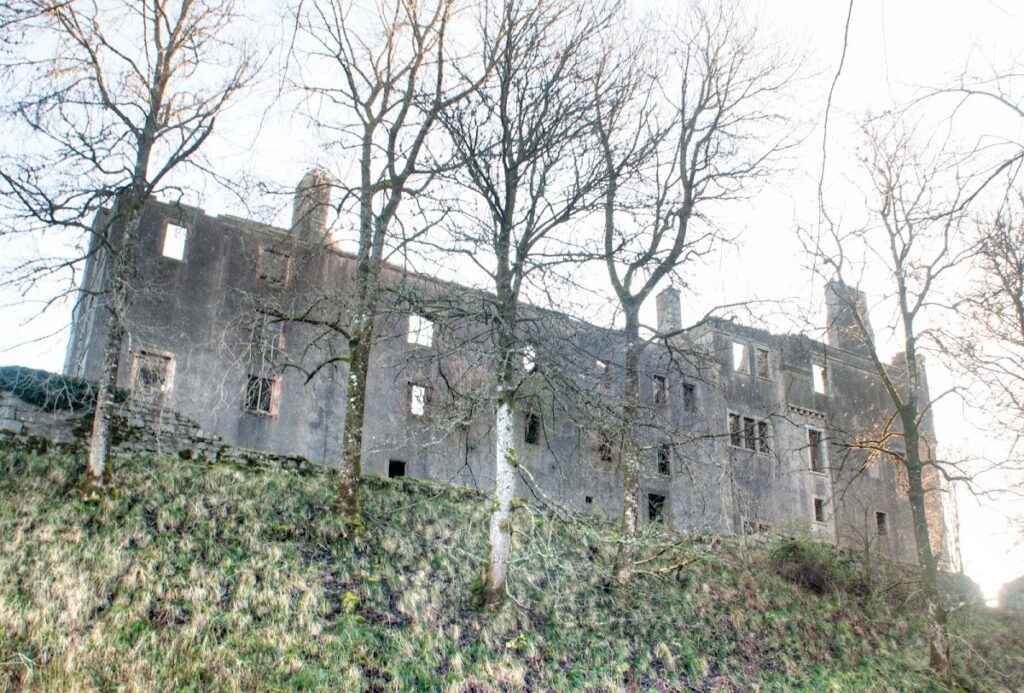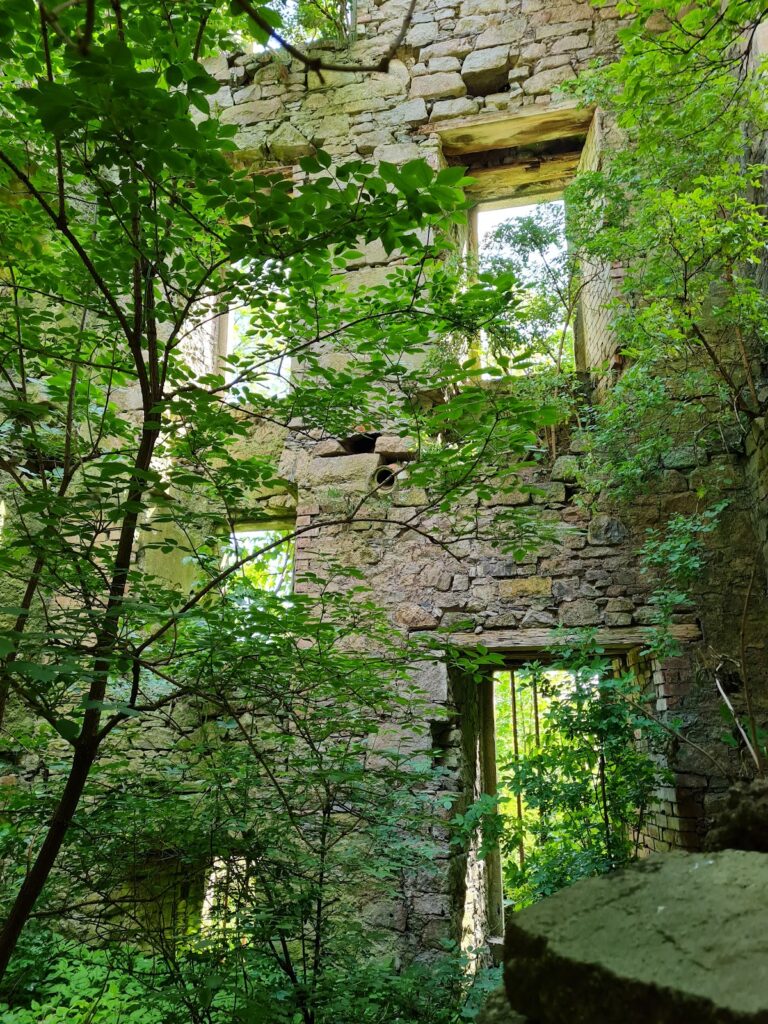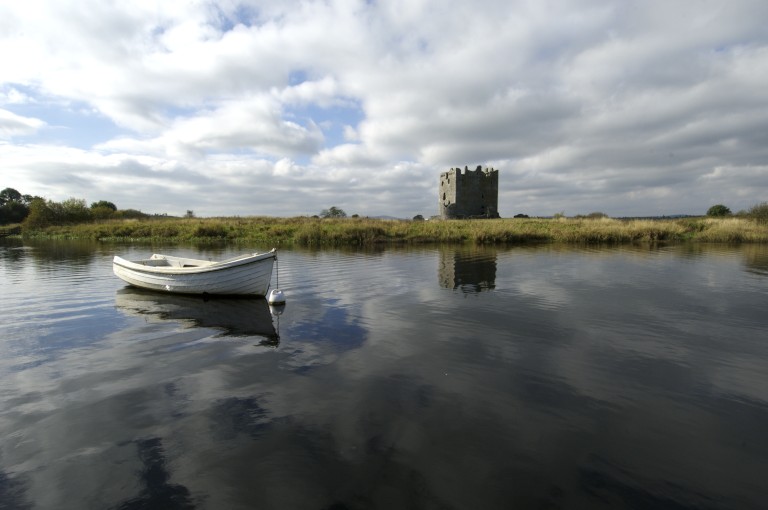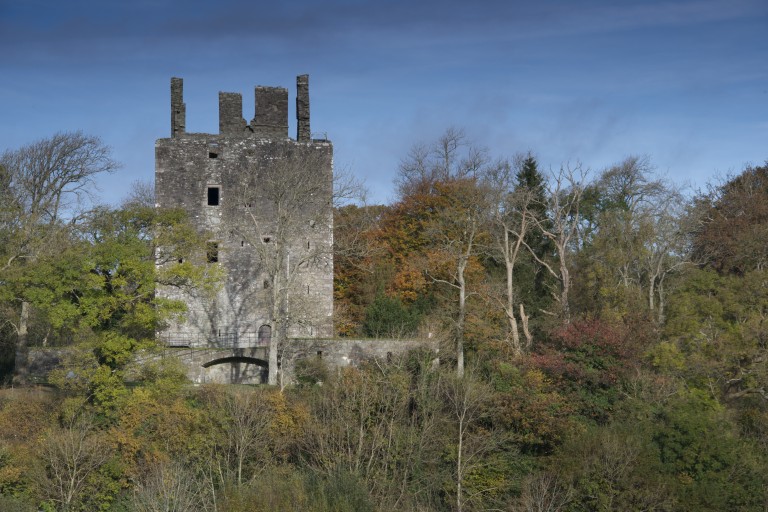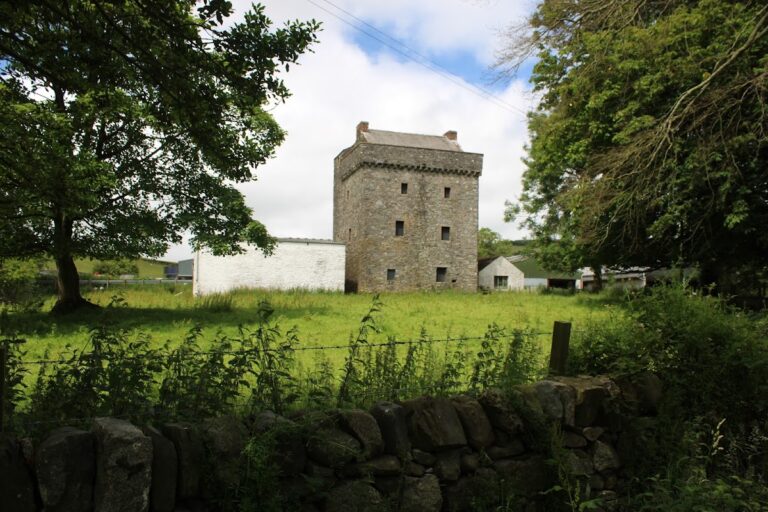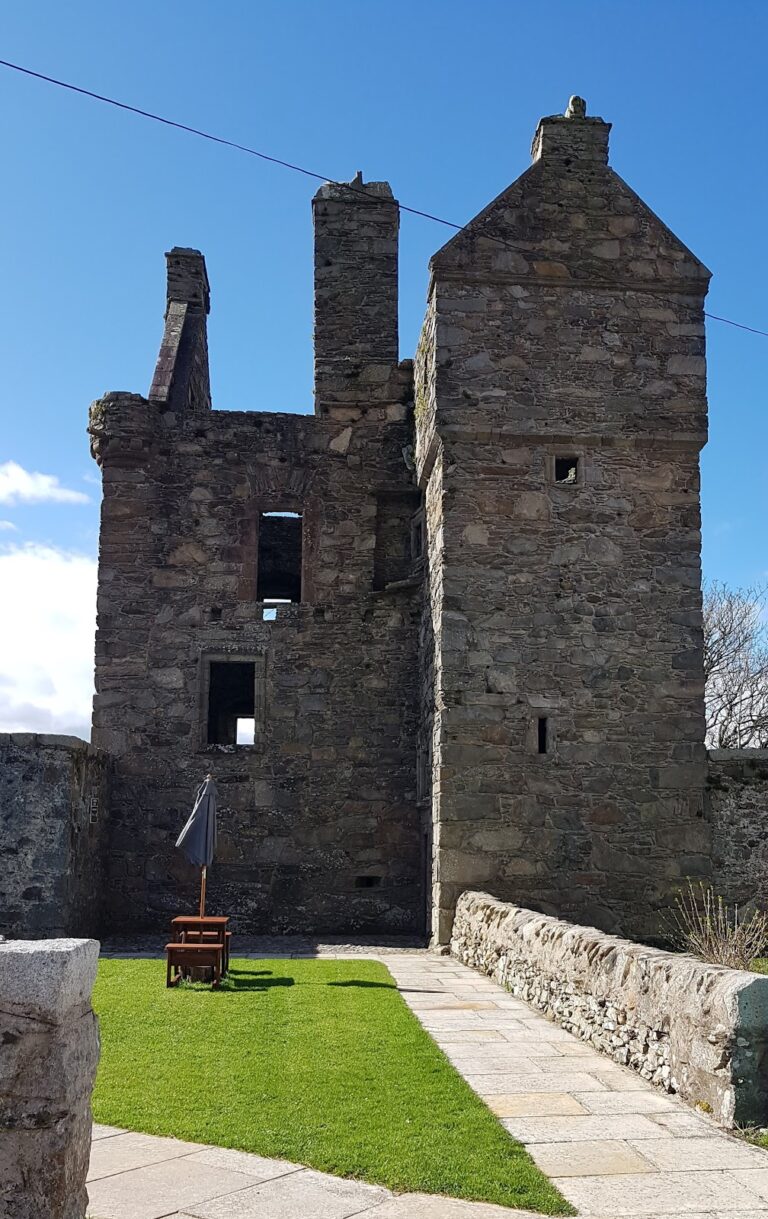Kenmure Castle: A Historic Scottish Fortress Near New Galloway
Visitor Information
Google Rating: 4.4
Popularity: Low
Google Maps: View on Google Maps
Official Website: canmore.org.uk
Country: United Kingdom
Civilization: Unclassified
Remains: Military
History
Kenmure Castle is situated near New Galloway in Scotland and was established by the medieval Scottish civilization. Its origins date to the Middle Ages, with evidence suggesting the site was chosen for its defensible position atop a partly natural mound, which may have been shaped or enhanced in the early medieval period to support fortifications.
The location is believed to have been associated with the Lords of Galloway, who governed a semi-independent kingdom until the 1200s. Local tradition claims that John Balliol, who later became King of Scotland, may have been born there in 1249, linking the castle to the last independent Lord of Galloway through his mother’s lineage. Over time, ownership of the castle passed through prominent families including the Douglases and Maxwells, before coming under the control of the Gordons from 1297 onward. The Gordon family also constructed another fortress on an island in nearby Lochinvar, indicating their regional influence.
The castle gained royal attention during the early 16th century, with King James IV of Scotland recorded as a visitor in 1508. Later, Mary, Queen of Scots, stayed there in 1563. However, following her defeat at the Battle of Langside in 1568, Kenmure Castle suffered damage or destruction at the hands of her adversaries.
In the 17th century, significant noble titles were tied to the site: Sir Robert Gordon of Lochinvar was made a baronet in 1626, and his son John Gordon was elevated to Viscount of Kenmure in 1633 by King Charles I. The 6th Viscount’s involvement in the Jacobite uprising of 1715 led to his execution and the forfeiture of his estates. Though accounts vary, some suggest his remains were returned to Kenmure for burial.
By the late 18th century the castle had fallen into ruin, but the viscountcy was restored in 1824 to Captain John Gordon, who managed the estates until his death in 1840. After the death of his nephew in 1847, the title became dormant. The 19th century saw phases of reconstruction and modernization, including the use of gunpowder to remove parts of the old structure such as the courtyard wall and the north-east tower. The south range was rebuilt around 1840, the west range remodeled in 1879 under architect Matthew Ellison Hadfield, and further extensions added in 1908 by Christian Elliot.
In the 20th century, the castle was sold in 1923 and operated as a hotel from the late 1940s until 1957. Soon afterward, interior fixtures were removed and the roof was taken off, leaving the building exposed. Graeme Gordon acquired the property in 1962, prompting efforts to recognize its historical significance. It was officially listed in 1971 and later designated a scheduled monument in 1998. Among its relics, a sundial crafted in 1623 originally from the castle is now kept in Dumfries Museum. The castle is also associated with local folklore, notably the legend of a headless piper said to haunt the ruins.
Remains
Kenmure Castle’s remains reveal a partial 17th-century structure arranged largely along the west and south sides of what was once a courtyard, with high walls forming the north and east boundaries. The enclosure was originally entered through a gate set in the northern wall, which was flanked by towers positioned at the two northern corners, emphasizing defensive considerations.
In the 19th century, the courtyard wall and one of the towers on the north-east corner were deliberately demolished using gunpowder, part of a broader remodeling effort. Around 1840, the south range was rebuilt, providing a renewed section of the castle’s fabric. Later, in 1879, the west range was reworked by Matthew Ellison Hadfield, a noted architect of the period, and further construction was undertaken in 1908 under Christian Elliot’s direction, resulting in additional extensions to the structure.
The castle is built upon a natural mound, which archaeological studies indicate may have been artificially enhanced during the early medieval period to improve its defensive strength. Today, the building stands as a ruin; after its use as a hotel ended, the interior fittings were stripped, and the roof was removed around 1958, leaving the walls exposed to the elements.
One notable surviving artifact from the castle is a stone sundial dated 1623. This piece is preserved in Dumfries Museum, reflecting the castle’s historic occupancy and the styles of timekeeping associated with that era.
Local tradition holds that the ruins are haunted by the “Headless Piper of Kenmure,” a spectral figure said to wander the grounds. Such folklore enriches the site’s cultural heritage, linking the physical remains with stories passed down through generations.
